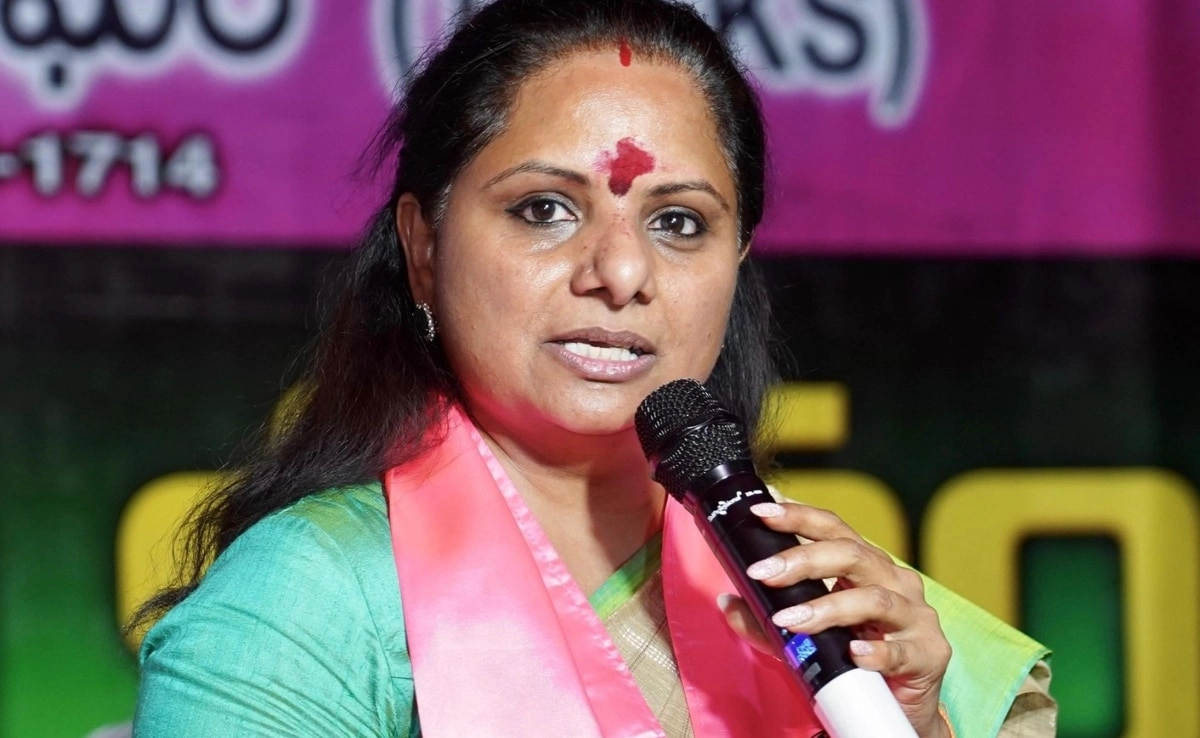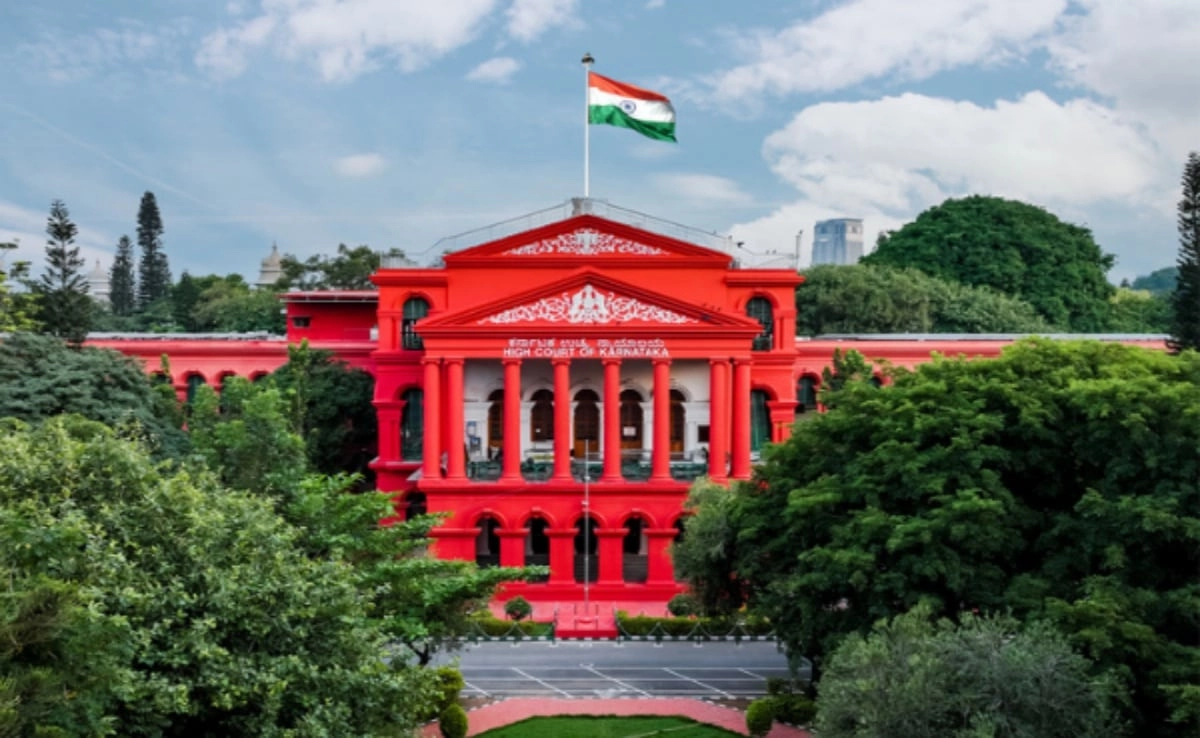In a significant move within the realm of U.S. immigration policy, former President Donald Trump has announced a hefty fee of $100,000 on H-1B visas as part of his ongoing crackdown on immigration. This decision has sparked considerable debate and concern among various stakeholders, including technology companies, universities, and immigrant advocacy groups. The H-1B visa program has long been a vital pathway for skilled foreign workers, particularly in the tech industry, allowing companies to fill crucial roles that often cannot be filled by the domestic labor pool. By imposing such a steep fee, Trump aims to deter the influx of foreign workers, asserting that this step is necessary to protect American jobs and prioritize the interests of U.S. citizens.
Critics of this new fee argue that it could have detrimental effects on the American economy, particularly in sectors that rely heavily on specialized talent from abroad. The technology sector, in particular, has been vocal in its opposition, emphasizing that many companies depend on H-1B visa holders to drive innovation and maintain competitiveness in a global market. The $100,000 fee could dissuade businesses from hiring the skilled workers they need, potentially leading to a talent shortage that could hinder growth and technological advancement. Moreover, universities that attract international students and researchers may also feel the impact, as the fee could discourage prospective students from pursuing opportunities in the U.S.
Supporters of Trump’s policy argue that it is a necessary measure to ensure that American workers are prioritized in the job market, countering the narrative that foreign workers are taking jobs away from U.S. citizens. They believe that the high fee will serve as a deterrent to companies that excessively rely on H-1B visas at the expense of local talent. However, the implementation of such a fee raises questions about the long-term implications for the U.S. economy and its status as a global leader in innovation. As the debate continues, many are left wondering how this policy will affect the landscape of skilled immigration and whether it will indeed achieve its intended goals or lead to unintended consequences that could stifle growth in key industries.
Ultimately, the introduction of a $100,000 fee on H-1B visas marks a bold step in Trump’s immigration agenda, reflecting his administration’s commitment to a more restrictive immigration policy. As the effects of this decision unfold, it will be crucial to monitor its impact on both the American workforce and the broader economy. Whether this move will resonate positively with American workers or create new challenges remains to be seen, but it undoubtedly adds another layer of complexity to the already contentious issue of immigration reform in the United States.




